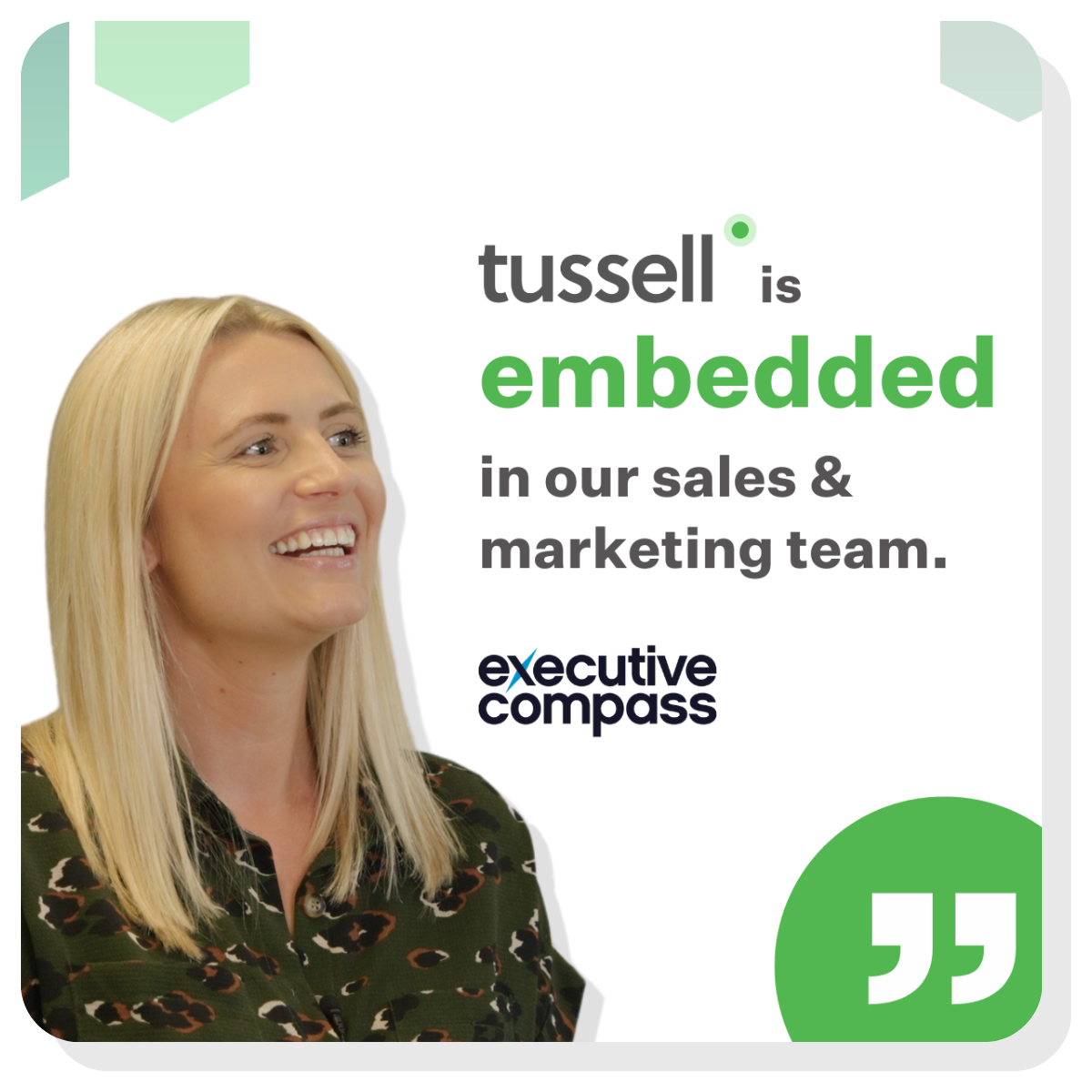Open procurement data should be a goldmine for public sector suppliers.
In reality? It’s more like a minefield.
In this article, guest-written by Luke Templeton, one of Tussell's top data researchers, he breaks down the hidden flaws in open procurement data - and why it's costing you deals.
Skip ahead to read about:
- Why is procurement data so messy?
- Why open procurement data is costing you business
- What clean data looks like
- Takeaway
***
If you’ve ever tried to use open data for market analysis, you’ve probably run into the same headaches I see every day as a researcher:
-
Notices scattered across different portals
-
Spending data buried in thousands of files
-
Duplicate or inconsistent supplier names - especially in firms with subsidiaries or recent acquisitions
-
Missing framework and call-off details
-
Inaccurate SIC codes or procedure types
And the worst part? You don’t always realise the gaps until it’s too late - when a missed detail has already cost you the deal.
The problem isn’t that the data doesn’t exist - it’s that it’s not decision-ready.
🚨 Why Is Procurement Data So Messy?
Anyone working in procurement knows how hectic it can get - and with the Procurement Act now live, there are 13 new notice types to manage.
It’s no surprise that things slip through the cracks:
-
A supplier name spelled slightly differently
-
A missing framework reference
-
Multiple teams posting notices to report the same joint procurement
Now multiply those small errors by the thousands of notices published every single day across numerous portals.
And that’s before we even get to invoice-level spend data - which, in most cases, public sector buyers post separately in 100s of other locations.
💭 Why Open Procurement Data is Costing You Business
When your data is messy, so is your strategy. Duplicates can inflate a competitor’s market share. Missing framework references hide the routes buyers are actually using. Inconsistent names make trend-spotting almost impossible.
These gaps and inconsistencies aren’t just frustrating - they distort the market view you’re basing key decisions on.
💫 What Clean Data Looks Like
Cleaning procurement data isn’t about making spreadsheets neater - it’s about making intelligence reliable. That means:
-
Standardising formats from multiple portals
-
Consolidating suppliers and buyers into verified entities
-
Deduplicating contracts and validating key fields
-
Mapping frameworks and call-offs to show which routes to market are being taken
-
Filling spending gaps so you can track which buyers are spending what
Done well, it transforms a tangled mess of records into a clear, connected view of the market.
📊 Case in Point: Tech Titans 2025
When I compiled the Tech Titans 2025 report - profiling the top 150 tech suppliers to the UK public sector - this process made all the difference.
Clean, connected data revealed:
-
77% growth in IT reseller spend over 4 years
-
56% of contracts awarded via frameworks or DPS
-
£28.2bn in contracts due for renewal, mapped by category
Without cleaning, these insights would have been hidden, distorted, or missed entirely. To put it bluntly, the report would have been worthless.
The market would have looked massively over-inflated, framework usage would have been drastically under-represented, and no client could have relied on it to make informed decisions about which accounts to target or which frameworks to join.
✨ Takeaway
Open procurement data is a great starting point - but if you want to make strategic decisions with confidence, you need more than “open.” You need "decision-ready".
Whether you’re using a large in-house team or a partner like Tussell, investing in data quality will pay off in better pipelines, sharper competitor and customer analysis, and fewer missed opportunities via frameworks.
At Tussell, this focus on clarity is why more than two-thirds of the UK’s Strategic Suppliers - and many others - use our insights to guide their public sector strategy.
📊 Book a quick 10-minute chat with our sales team to discover how our market-leading procurement insights can help your business.




%20v1.png)









.png?width=500&height=425&name=DHSC%20procurement%20spending%20(14).png)

.png?width=815&height=200&name=CTA%20(3).png)
.png?width=1500&height=300&name=Supplier%20Logo%20Row%20PNG%20-%20Jan%202025%20B%26W%20(Cropped).png)


